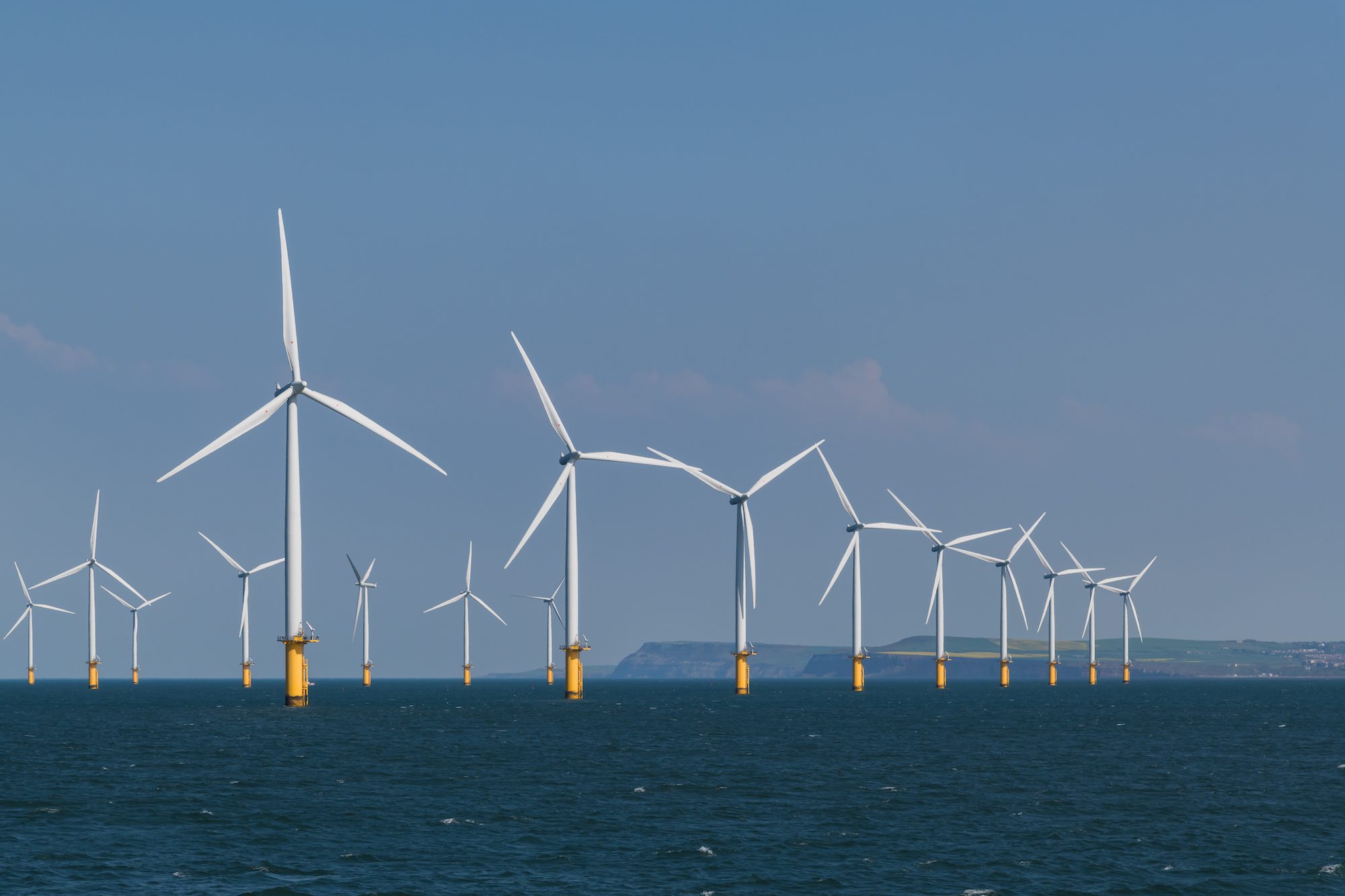The global offshore wind supply chain will need a massive $27 billion worth of investment by 2026 to meet the forecasted growth in annual installations by 2030, with an even greater amount needed to hit global targets set by governments, according to a report by Wood Mackenzie.
The current growth forecast shows a fivefold growth in annual installations, excluding China, by 2030. This is based on Wood Mackenzie’s base case outlook that shows 30 GWs of annual offshore wind capacity added by the 2030.
However, Wood Mackenzie notes that the forecast is ‘dwarfed’ by policymakers’ targets of nearly 80 GW per year, a target that will require over $100 billion in supply chain investment globally through the end of the decade.
Chris Seiple, Vice Chair of Power and Renewables at Wood Mackenzie and co-author of the Cross currents: Charting a sustainable course for offshore wind report, says the global offshore wind supply chain is “struggling to scale up,” which will impede on achieving decarbonization targets if more investment is not made.
“Nearly 80 GW of annual installations to meet all government targets is not realistic, even achieving our forecasted 30 GW in additions will prove unrealistic if there isn’t immediate investment in the supply chain,” said Seiple. “Adjustments and new policies by governments and developers will be required to transform the supply chain to deliver offshore wind projects at industrial scale.”
Low offshore margins and oversupply resulting from a 2015 supply chain buildout are making it challenging to drum up investment in offshore wind, according to Seiple. Lower profitability amid inflation and higher commodity costs are also contributing to the lack of investment.
“Burned once, current suppliers are cautious in their investment plans and the lack of profitability is hampering their ability to fund manufacturing capacity expansion – ultimately stalling innovation in the sector,” said Seiple.
Uncertainty surrounding project timing is also having an impact on supply chain investment. The report notes that 24 GW of offshore wind projects scheduled for 2025-2027 have secured a route to market, but are without a financial investment decision. This could lead to delays and renegotiations of offtake contracts, impacting equipment demand timelines.
“In reality, if this occurs, certain projects might not get built at all in 2028-30, meaning governments will risk falling further behind their targets,” Finlay Clark, Senior Research Analyst at Wood Mackenzie and co-author of the report. “The uncertainty surrounding project timing is a large reason why supply chain participants hesitate to expand further.”
According to Clark, there is a worry among some investors that building out the supply chain to meet government wind targets for 2030 will result in insufficient demand for equipment after 2030.
“This seems eerily similar to the post-2015 drop in margins across the supply chain. This is an important consideration for suppliers, in particular, as they need to be confident in the demand 10-plus years ahead to earn a return on their investment,” said Clark.
Scaling up the offshore wind supply chain will require policymakers to extend target setting and power market infrastructure plans beyond 2030, consider the impact on the supply chain when renegotiating contracts, and implement a size cap to pause the turbine size arms race.
“It’s not all up to governments. Developers also need to consider innovative partnerships with suppliers to provide the demand stability that suppliers need to increase capacity,” noted Soeren Lassen, Head of Offshore Wind at Wood Mackenzie and co-author.
Seiple says the offshore wind sector and policymakers need to work together to create a sustainable path for offshore wind. “This will not just influence the projects being installed today or in 2030, but also the 1.4 terawatt (TW) offshore wind capacity that Wood Mackenzie expects to be connected by 2050,” he said.

 Join The Club
Join The Club











